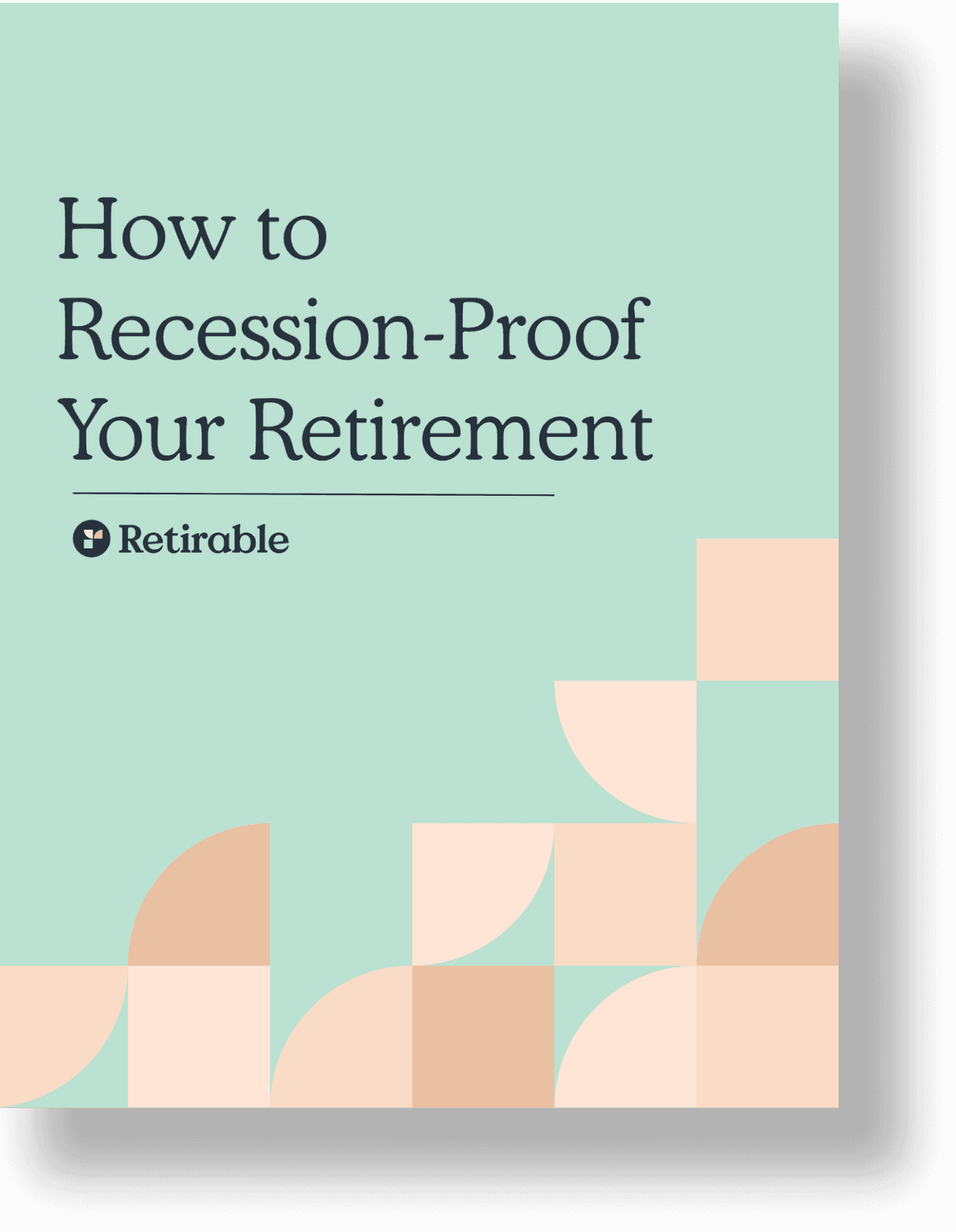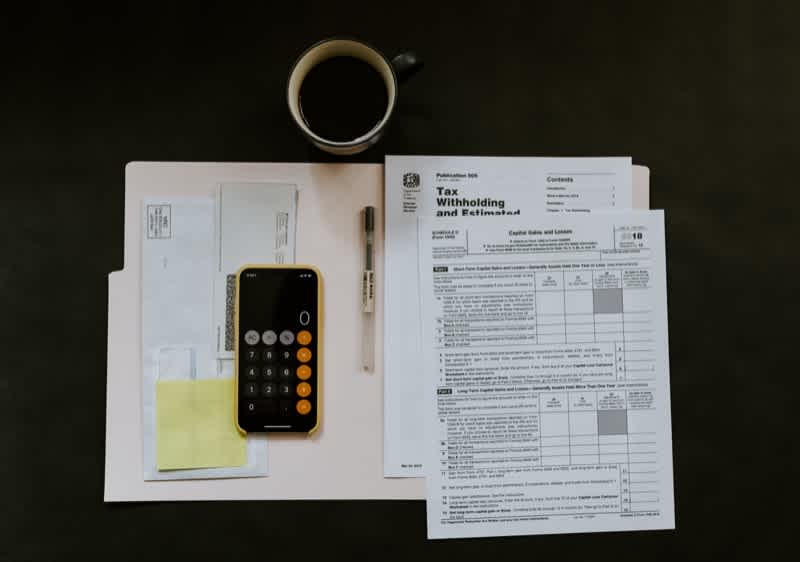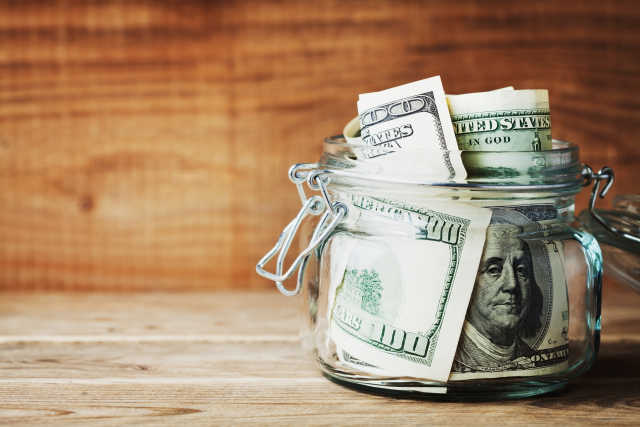Social Security
When you’re beginning to plan for retirement, you naturally want to know how much income you can count on. Social Security is inflation-proof, guaranteed income that lasts your entire life, so it’s important to get the largest payout possible. Let’s take a look to see what Social Security payments look like in 2025.

Harrison Schaefer, CFP®
•
Published August 13th, 2024
Table of Contents
Key Takeaways
Social Security is an inflation-proof, guaranteed source of income that will last the rest of your life.
The maximum monthly benefit you can earn from Social Security in 2024 is $4,873.
Your Social Security benefit will be based on your highest income earning years and the age at which you take benefits.
When you’re beginning to plan for retirement, you naturally want to know how much income you can count on. Social Security is inflation-proof, guaranteed income that lasts your entire life, so it’s important to get the largest payout possible. Let’s take a look to see what Social Security payments look like in 2025.
What is the maximum I can receive from my Social Security retirement benefit?
The SSA (Social Security Administration) has a table to help you determine the Social Security max. The numbers below are accurate as of August 13, 2024.
| Age at Retirement | Maximum Monthly Benefit in 2024 |
|---|---|
| 62 | $2,710 |
| 65 | $3,426 |
| 66 | $3,652 |
| 67 | $3,911 |
| 70 | $4,873 |
This doesn’t mean that if you retire at 70 in 2024, you’ll get a $4,873 check every month. The maximum is for people who earned a high income for at least 35 years.
Social Security payments are typically increased by a small percentage every year. These increases are called cost-of-living adjustments (COLA). Social Security is often seen as the foundation of retirement income because it is guaranteed and inflation-proof.
How Social Security works
Social Security is based on the money you earn over your working life. You have to have earned at least 40 work credits; which you earn with employment and paying taxes on those wages. The maximum amount you can earn in a year is four credits. Each credit is earned by making $1,510 quarterly in taxable income. So, if you earn at least $6,040 a year, you earn the four credits, and if you earn at least that much for ten years, you qualify for Social Security benefits. SSA takes your 35 highest earning years to calculate the average indexed monthly earning (AIME). They take the average amount you earned and adjust for wage growth and inflation to generate a monthly amount. You can see the graph SSA uses here.
They then apply a formula to arrive at your basic benefit, also called your primary insurance amount, which is how much you would receive at full retirement age. If you retire before that (between age 66 and 67, depending on when you were born) your benefit will be reduced.
The maximum taxable income for 2025 is $168,600. At this income level, you earn the maximum benefit based on age. However, you can’t earn more than $4,873 in 2025, even if you earn more than the maximum. The average Social Security check is currently ~$1,800 a month.
Supplemental Security Income (SSI) benefits are available to people aged 65 and over who meet financial limits. It comes from the Federal Income Supplement program, a department different from Social Security. You can collect SSI if your benefits at retirement are below a certain level, and if you are denied you can file an appeal.
Questions about Social Security? We're here to help.
Schedule your FREE Retirable consultation today.COLA adjustments
If inflation is above 0% for the year, the Social Security Administration will make a cost-of-living adjustment to benefits. Since 1975, there has been a COLA adjustment every year except for three. These adjustments ensure that your benefit amount retains its purchasing power year after year, as the cost of food, clothing, and other items, goes up.
The COLA adjustments take effect the following January after the Social Security Administration has calculated inflation’s impact on the prices of goods for the current year. The adjustment is typically announced in October, with notifications to beneficiaries in December.
How to receive the maximum Social Security benefit
It’s rare to receive the maximum Social Security benefit—the max is intended for those who have been high earners over several decades. You need to both:
- Earn the maximum wage taxable by Social Security for more than 35 years: Because Social Security averages your wages from a 35-year work period, you would need to earn the maximum wage taxable by Social Security to be eligible for the maximum benefit.
- Wait until age 70 to collect benefits: If you retire before full retirement age, you’ll receive less money. The SSA figures you’ll be claiming benefits for a longer period, so they compensate by paying you less money each month. We generally advise that you wait until at least full retirement age to claim benefits. If you can put off retirement until age 70, that’s even better, because you’ll be eligible for delayed retirement credits.
Delayed retirement credits are based on your date of birth and the number of months you delay taking retirement benefits. The chart explaining how much more you’ll get based on how many months you delay can be found here. Your benefits increase by about .7% a month for every month you delay, up until age 70. So, if you retire at 67, your payout will be 108% of your monthly benefit, and if you wait until age 70, you’ll get 132% of your benefits. This lasts the rest of your life.
If you were to receive $1,000 at full retirement age, you would get $1,320 by waiting until 70. That’s a significant increase, so if at all possible, it pays to wait.
Supplementing Social Security
According to a survey conducted by Schroder Investment Management, 67% of respondents believed their monthly Social Security benefit would be less money to live on. Whether you think you’ll need more income to afford necessities or just want to live more lavishly during retirement, it’s important to consider ways to supplement your Social Security benefits.
- Diversify savings: Open retirement accounts, such as 401(k)s and IRAs, to broaden your savings and pools of retirement funds.
- Look into passive income options: Real estate, dividends, and easy-to-do small businesses (e.g. selling photography to stock image sites) are a few ways to generate extra income.
- Remote part-time work: In today’s gig economy, many part-time job opportunities for retirees allow you to work as little or as much as you want.
- Downsize: If you paid off your mortgage, it could be time to sell your home and downsize to a condo. Any earnings from your home sale can go into your retirement savings.
Bottom Line
Planning for retirement is confusing at best. You should talk to a Certified Financial Planner before deciding when to take benefits. A Certified Financial Planner from Retirable can take a look at your overall financial picture and can help you get the most out of retirement.
Share this advice

Harrison, a Certified Financial Planner® and Senior Financial Advisor at Retirable, has nearly a decade of experience across wealth building, investment advising, and financial education. He prides himself on working one-on-one with each client to help them at every step so they enter retirement with peace of mind.
Introduction
Benefits
Taxes
Considerations
Social Security in 2022
Local
Spouse
Applying for Social Security
Share this advice

Harrison, a Certified Financial Planner® and Senior Financial Advisor at Retirable, has nearly a decade of experience across wealth building, investment advising, and financial education. He prides himself on working one-on-one with each client to help them at every step so they enter retirement with peace of mind.
Free Retirement Consultation
Still have questions about how to properly plan for retirement? Speak with a licensed fiduciary for free.






